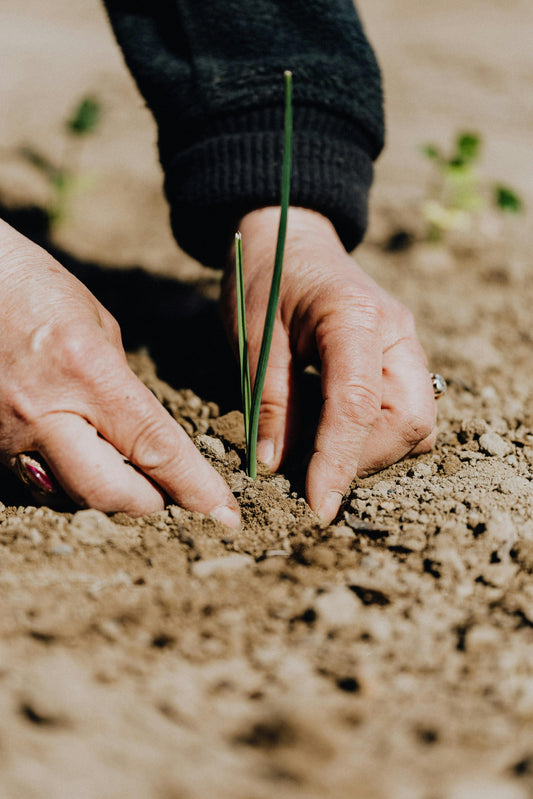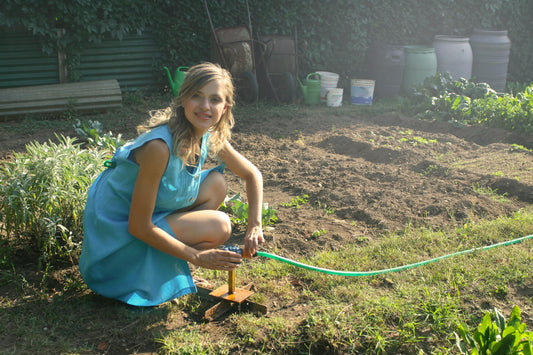Soil sampling is a fundamental practice with diverse applications in agriculture, environmental science, construction, and land management. Its significance lies in its ability to provide crucial insights into soil health, fertility, and contamination levels. By employing various sampling techniques and adhering to best practices, researchers, farmers, and environmental professionals can obtain accurate soil data to make informed decisions. This comprehensive guide aims to delve into the intricacies of soil sampling, discussing the importance of proper techniques, factors influencing sampling methods, specialized sampling approaches, analytical methods, and interpretation of results.
Importance of Soil Sampling:
Soil sampling serves multifaceted purposes essential for sustainable land management practices. Firstly, it enables the assessment of soil fertility by analyzing nutrient levels crucial for plant growth. Secondly, it plays a pivotal role in monitoring soil health, facilitating the detection of changes in soil composition, structure, and biological activity over time. Additionally, soil sampling is instrumental in detecting contaminants such as heavy metals, pesticides, and hydrocarbons, thus safeguarding environmental and human health. Moreover, accurate soil data obtained through sampling guides critical land management decisions, including crop selection, fertilizer application, and environmental remediation efforts.
Factors Influencing Sampling Techniques:
Several factors influence the selection of appropriate soil sampling techniques. The primary factor is the purpose of sampling, which varies depending on whether it's for agricultural, environmental, or construction purposes. The spatial variability of soil properties within a given area necessitates representative sampling strategies to capture the diversity adequately. Additionally, depth considerations are crucial as different soil properties may exist at various depths, requiring multi-depth sampling approaches. Furthermore, time and budget constraints influence the sampling intensity and frequency, with available resources determining the feasibility of extensive sampling efforts.
Common Soil Sampling Techniques:
Soil sampling encompasses various methods, each suited to different objectives and environmental contexts:
-
Random Sampling:
- Grid Sampling: Dividing the area into grids and collecting samples at intersections to ensure systematic coverage.
- Transect Sampling: Establishing linear paths across the area to capture variations along a gradient.
-
Stratified Sampling:
- Dividing the area into distinct strata based on soil properties or land use history and sampling each stratum separately.
-
Composite Sampling:
- Mixing multiple subsamples from a designated area to obtain a representative composite sample.
-
Depth-specific Sampling:
- Collecting samples at predetermined depths to analyze soil profiles and nutrient distribution.
Best Practices for Soil Sampling:
Adhering to best practices is essential to ensure the accuracy and reliability of soil sampling data:
- Use clean equipment to avoid contamination.
- Standardize sampling depth to ensure comparability between samples.
- Randomize sample collection to mitigate bias.
- Collect sufficient samples to minimize errors and improve reliability.
- Accurately label samples with location, depth, and sampling date.
- Handle samples with care to minimize disturbance to soil structure.
- Store samples appropriately to preserve integrity until analysis.
- Document sampling procedures for quality control and future reference.
Specialized Soil Sampling Techniques:
In addition to common sampling methods, specialized techniques cater to specific research and assessment needs:
- Soil Core Sampling: Collecting intact soil cores for detailed analysis of soil structure and properties.
- Soil Pore Water Sampling: Extracting water from soil pores to analyze nutrient concentrations and contaminant levels.
- Rhizosphere Sampling: Targeting the root zone to study microbial communities and nutrient interactions.
Analytical Methods and Interpretation:
Laboratory analysis forms a crucial part of soil sampling, involving tests for nutrient content, pH, organic matter, texture, and contaminant levels. Data interpretation entails comparing results to established benchmarks, historical data, or regulatory standards to assess soil quality and identify areas of concern. Statistical analysis is employed to identify trends, correlations, and spatial variability within the dataset, providing valuable insights for decision-making.
Conclusion:
Soil sampling is a cornerstone of soil science and land management, offering invaluable insights into soil health, fertility, and contamination levels. By employing appropriate sampling techniques and adhering to best practices, researchers and professionals can obtain accurate soil data to support informed decision-making. Understanding the various sampling methods, factors influencing sampling, and analytical procedures is essential for obtaining reliable results and promoting sustainable land management practices. With proper sampling techniques and careful analysis, we can ensure the preservation and improvement of our soil resources for future generations.












